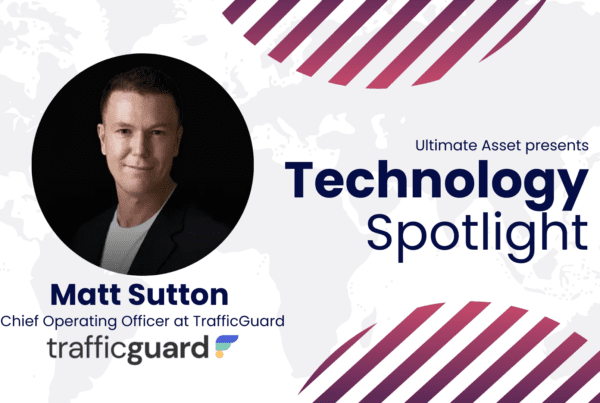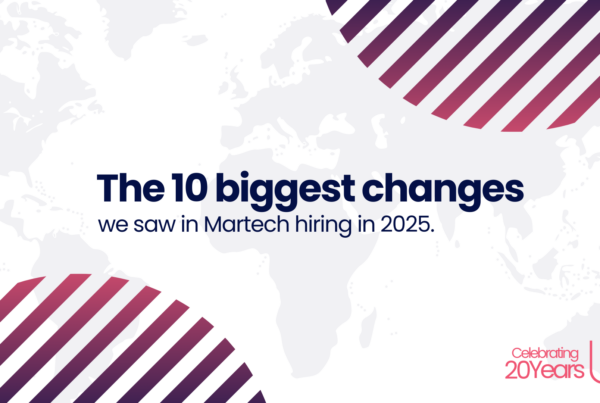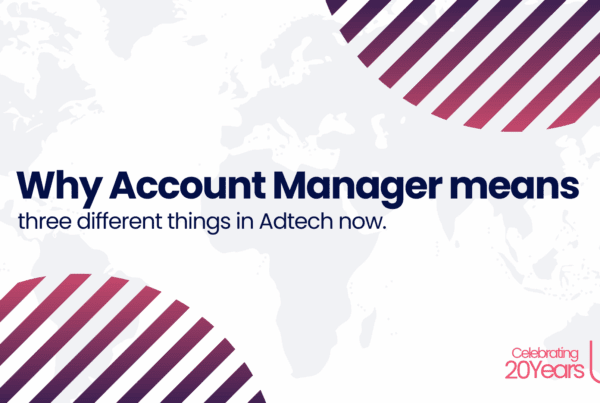Helping planners make the move into strategy.
If you’d hired both planners and strategists over the last 12 years, at varying levels, you’d gather quite a lot of insight into what both skills require. Different in the requirements but equally as important for both brands and agencies.
With AI taking centre stage this year, and the obvious fears of it’s impact, questions have continued to circulate across my feeds, by our candidates and clients, who are looking externally to understand how to navigate, implement and shape their own skills and experiences for the future.
There is some great content on the market, if you know where to look and our Planner to Strategist series is aimed at helping those looking to understand what the future holds, by providing you with the right content, opportunities, resources and support in either cementing your role in strategy, or helping you make the move from planning to strategy.
Questions around making that move from planning to strategy, have always been a challenge to answer, but that’s why I’m writing this post, with the aim of finding the time to put pen to paper and offer some guidance, support and answers to those said questions.
1. What is the difference between planning and strategy?
Let’s start at the top. Media planning focuses on how to deliver the message, through the allocation of budgets, channel selection, scheduling and ensuring that KPI’s for the campaign are achieved through whichever metric is on the brief. Strategy answers the why and what. Why certain channels or ideas make sense, what the communications need to achieve, what audience behaviours we want to influence.
Tips if you’re a planner: A good starting point is to reframe the brief, “What is the real problem the client is trying to solve”. You can always think about the “why” behind your plans, push yourself to look at the business or brand objectives, not just the media KPI’s.
2. How do I prove I can think strategically if I’ve mainly done implementation?
Probably the biggest blocker for planners who decide to opt out of a career path in strategy. This questions seems the most daunting as it requires you to often show thinking that doesn’t appear on your CV, unless you’ve intentionally framed it so. Most of the time you’re likely already thinking strategically, you’re just not calling it that.
Tips if you’re a planner: Most strategists have a portfolio or a slide deck showing examples of where they have challenged a brief, rethought an audience approach or spotted an overlooked opportunity. You can begin by creating one, looking back at the campaigns where you had the most influence in it’s direction, or where you brought value outside of the tactical execution. For interviewing, I’d always recommend focusing on outcomes and insights, vs process and delivery.
3. Do I need to be more creative?
The short answer is yes, but not in the big idea sense that creatives own. Strategic creativity is about reframing problems, unearthing audience insights or finding original ways to connect with culture and behaviour.
Tips if you’re a planner: Practice building narratives, how would you pitch a campaign idea rooted in a specific consumer tension or trend? Follow strategists on LinkedIn (other social platforms are available) and soon we will be creating a resource pack for this very point. You could simply create your own thought library, a collection of examples of work that stick in your mind and break down why it worked so strategically, but you can also try and strip this back to “What question do I think the strategist was trying to answer?”.
4. Will I be less client facing?
Honestly, this varies. The role of a strategist in a media agency can be very client facing, especially with brief responses, workshops, presenting campaign thinking and especially in new business, but they tend to spend less time on the day-to-day performance reporting or weekly status calls.
Tips if you’re a planner: Most of the time your role is client facing, and in some agencies, the day-to-day point person for the account. You’re used to a lot of client interaction, but strategy involves storytelling and learning this from current strategists, by putting your hand up to support on new business pitches, will be your best place to learn.
5. What can I do internally to prepare for a move into strategy?
Ask for stretch projects, as I’ve already mentioned, offer to help on pitch strategy, audience insight work or brief development. Spend time speaking to strategists, learn from those who have won awards and probe around questions that include “what was the strategic problem?” or “What insight unlocked the idea?”.
You can always ask the simpler questions to strategists you work with, spend time getting to know how they made the move, what do they wish they’d known sooner before making the move.
All of these questions are common, if they have crossed your mind, you’re not alone. If you can any further questions that we haven’t been able to answer, pop your question(s) over to me via Alex@ultimateasset.com
Or if you’re thinking about making the move into strategy and want to seek some career advice or hear about the current opportunities in market, you can also reach out to me via the email address above.
Written by: Alex Swain, Managing Director of Ultimate Asset




